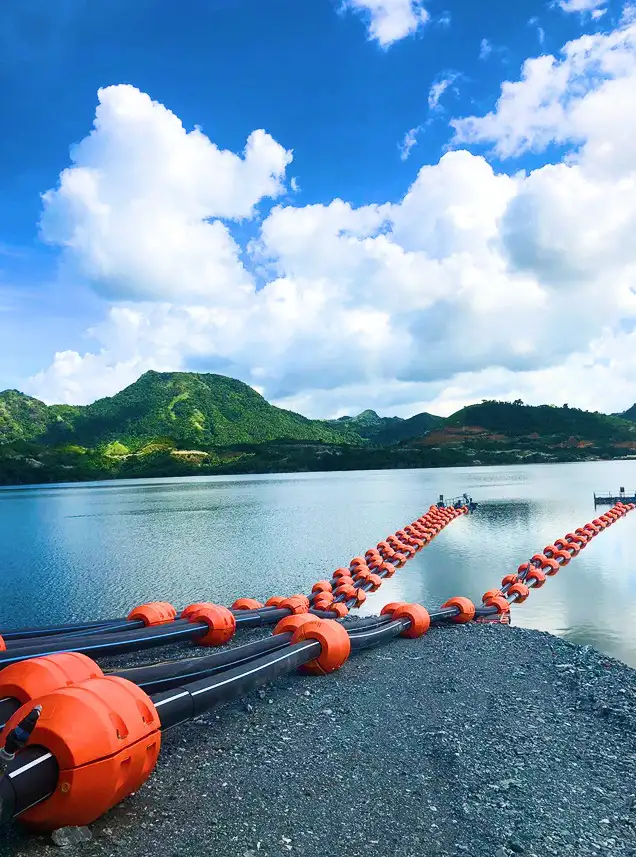Time: 2025-06-19 02:56:38 Source: Max Pipe
Rubber hoses play a vital role in seawater desalination plants, providing flexible connections for various fluid transfer applications throughout the process. These plants convert saline water into fresh, potable water, a process that involves handling highly corrosive seawater, concentrated brine, and various chemicals under varying pressures and temperatures.
Flexibility: Rubber hoses offer excellent flexibility, allowing for easier installation, absorption of vibrations, and accommodation of movement or misalignment in piping systems, especially critical in complex plant layouts or offshore platforms.
Corrosion Resistance: Seawater is highly corrosive. Specialized rubber compounds are engineered to resist the corrosive effects of saltwater, brine, and chemicals used in the desalination process (e.g., anti-scalants, biocides, chlorine).
Abrasion Resistance: In some stages, water may contain suspended solids or sediments. Rubber hoses can be designed with inner layers that provide high resistance to abrasion, extending their lifespan.
Pressure and Temperature Tolerance: Depending on the specific application within the desalination plant, hoses need to withstand various pressure levels (from suction to high-pressure discharge) and temperature ranges. Rubber compounds can be formulated to meet these requirements.
Vibration Dampening: Pumps and other equipment in desalination plants can generate vibrations. Flexible rubber hoses help absorb these vibrations, reducing stress on the piping system and equipment.
Rubber hoses are found in numerous areas within a seawater desalination plant, including:
Seawater Intake: Flexible connections for drawing raw seawater from the ocean to the plant.
Pre-treatment: Transfer of water through various filtration and chemical dosing stages.
High-pressure lines (in some cases): While often dominated by rigid pipes (like duplex stainless steel) for very high-pressure reverse osmosis, specific flexible rubber hoses might be used in certain high-pressure connections or for specific chemical delivery.
Brine Discharge: Handling the concentrated saline byproduct (brine) that is discharged back into the sea.
Service water lines: For cleaning, washing, and general utility purposes within the plant.
The selection of a specific rubber hose depends on the medium being transported, pressure, temperature, and environmental conditions. Common rubber materials and hose types include:
EPDM (Ethylene Propylene Diene Monomer): Known for excellent resistance to water, steam, ozone, and some acids and alkalis, making it suitable for general water transfer and some chemical applications.
NBR (Nitrile Butadiene Rubber): Offers good resistance to oil and abrasion, potentially used where there might be a risk of oil contamination or for abrasive slurries.
Reinforced Rubber Hoses: Many hoses feature multi-layer construction with textile or steel wire reinforcement for increased strength and pressure resistance.
Corrugated Rubber Hoses: Offer enhanced flexibility and can be used in applications requiring tight bends.
Suction and Discharge Hoses: Designed for specific functions of drawing (suction) or pushing (discharge) fluids, often reinforced to prevent collapse under vacuum or bursting under pressure.
